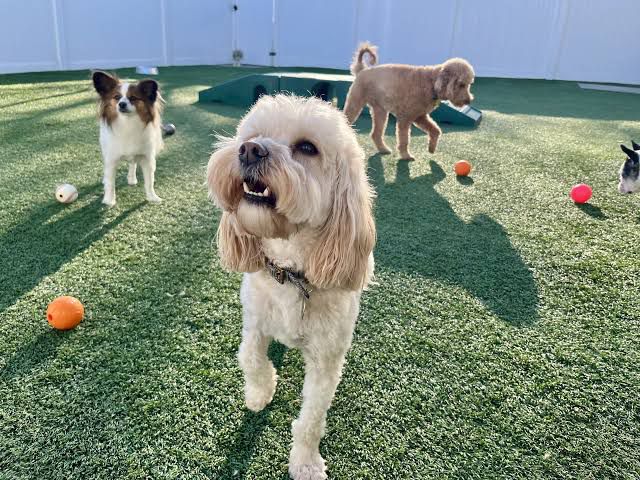How to Choose the Right Play Equipment for Your Pet
1. Consider Your Pet’s Size and Breed
Play equipment should match your pet’s size and physical abilities. For large dogs, sturdy chew toys and climbing structures work best, while smaller pets may need lightweight toys that are easy to carry or bat around. Breed-specific needs also play a role — for instance, herding breeds enjoy toys that stimulate chasing or problem-solving.
2. Think About Energy Level
Active pets need equipment that helps them expend energy, like running wheels, obstacle courses, or tug toys. Lower-energy pets may prefer softer toys or puzzle games that require less physical effort and more mental engagement.
3. Factor in Age and Life Stage
Puppies and kittens benefit from toys that promote teething and sensory development, such as chew toys and textured balls. Older pets may need softer or joint-friendly equipment to avoid injury. Choose age-appropriate options that match their physical needs and abilities.
4. Prioritize Safety and Durability
Ensure all play equipment is made from non-toxic, pet-safe materials and doesn’t have small parts that could be swallowed. For chewers, opt for durable items like rubber or nylon toys. Check equipment regularly for signs of wear and tear to prevent accidents.
5. Stimulate Mental Engagement
Pets need mental stimulation to stay happy and avoid boredom. Choose interactive toys, like treat-dispensing puzzles, to keep them mentally sharp. Equipment that challenges your pet’s thinking or problem-solving skills helps reduce destructive behavior.
6. Indoor vs. Outdoor Use
If your pet plays indoors, look for space-efficient and quiet toys like plushies or rolling balls. For outdoor play, consider durable options like frisbees, agility equipment, or water-resistant toys designed to withstand the elements.
7. Multi-Pet Considerations
If you have multiple pets, select play equipment they can enjoy together, such as rope toys for tug-of-war or large climbing trees for cats. Ensure equipment is sturdy enough for group play and supervise interactions to avoid conflicts.
8. Ease of Cleaning
Pets can be messy, so choose toys and equipment that are easy to clean. Machine-washable fabrics, dishwasher-safe plastics, and waterproof materials make maintenance simple and hygienic.
9. Observe Your Pet’s Preferences
Every pet has different play styles. Pay attention to which types of toys or equipment your pet enjoys most — whether they prefer chasing, chewing, climbing, or fetching — and tailor your choices accordingly.
10. Rotate Toys Regularly
To keep things fresh and exciting, rotate your pet’s play equipment. Introducing new toys or alternating between favorites prevents boredom and keeps your pet engaged.
Choosing the right play equipment ensures your pet stays active, happy, and healthy while minimizing risks and maximizing fun.










